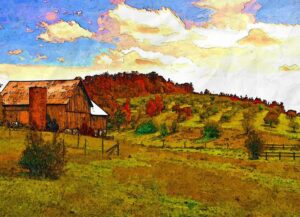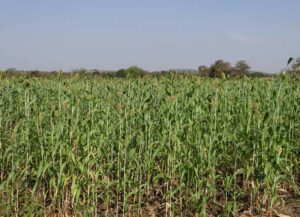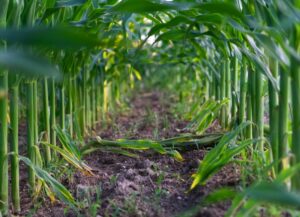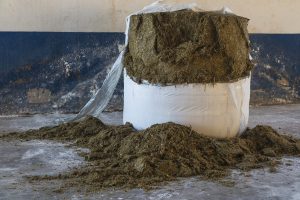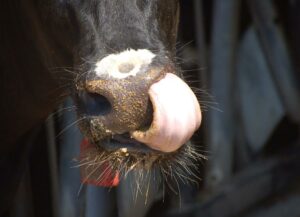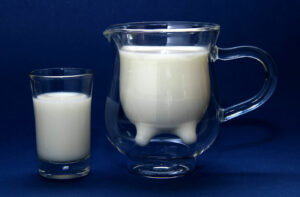Maria Villagrasa & Fernando Diaz
Sorghum (Sorghum bicolor) represents nowadays the main cereal in parts of Africa, Asia, India, Pakistan and China where it makes up much of the population’s diet. It is also used as animal feed to produce fodder.
Given its resistance to drought and heat, it is an important crop in arid regions of the world with advantages compared to corn, like using water more efficiently and producing more biomass.
The average starch content of sorghum grain is 64.8% (dry matter basis; DM); it also contains small amounts of free monosaccharides, sucrose and oligosaccharides. The amylose:amylopectin ratio is 20:80. Its fiber fraction (neutral detergent fiber 8% DM) has very little lignification (0.7% DM) and consists mainly of cellulose, hemicellulose and pentosanes.
[ihc-hide-content ihc_mb_type=”show” ihc_mb_who=”3,4,5″ ihc_mb_template=”1″ ]Sorghum’s fat concentration is considerable (3.0% DM), but lower than that of corn, with also lower linoleic acid content. The protein concentration is somewhat higher and more variable than that of corn (concentrations of albumins, globulins, prolamin and glutelin of 5.7; 7.1; 52.7 and 34.4% DM, respectively).
The sorghum plant, like wheat or rye, can adjust its growth by increasing the production of tillers or stems as well as grain at lower planting densities, which compensates for the reduced production.
Among the sorghums cultivated for silage are the BMRs (containing the Brown Mid-Rib gene) characterized by the brown central rib on the leaf. In addition, stems and leaves are less lignified allowing for greater fiber digestibility. Another effort to improve sorghum production and quality has been through agricultural practices, including sowing density control.
Due to differences and advances in hybrid genetics, responses to differences in planting density must be continuously evaluated to optimize the production of sorghum for forage. Research was conducted (McCary et al., 2020) to assess the effects of planting density of midrib-6 brown dwarf hybrid sorghum on its nutritional value, dry matter production and milk production.
Sorghum was sown in five fields, each with a different seed density 148,000 (D1), 198,000 (D2), 247,000 (D3), 297,000 (D4) and 346,000 (D5) seeds/ha. All plots were harvested 99 days after planting. At harvest the two central rows of each plot were cut by hand, processed with a silage grinder, and placed in a container.
Planting density had no significant effects on DM and NDF
The DM concentration of sorghum forage (% at harvest time) increased linearly with planting density, with values ranging from 30.6% in D1 to 34.6% in D5. These differences were likely because the number of secondary stems in the plant increased al lower planting densities which reduced the DM concentration of the sorghum forage. No significant effects of planting density were observed on the production of wet forage (28.8 ton/ha), DM (9.4 ton/ha), fiber (4.76 FND/ha), digestible fiber (2.18 ton/ha) and starch (1.3 ton/ha).
In addition, planting density did not affect protein (11.1% DM) or starch (16.5% MS) concentrations but influenced fiber content. Content of NDF increased linearly from 48.9% DM in group D1 to 53.3% DM in D5. These results indicate that planting density had little effect on nutritional value, DM production and estimated milk production, which supports the contention that sorghum has the ability to adjust its physiological growth by increasing the number of stems and grain production when planting density is reduced.
Therefore, the authors state that increasing planting density of this type of sorghum above 247,000 seeds/ha may not be necessary, and production costs could be reduced if these low planting densities are used when planting similar hybrids.
Reference
C. L. McCary, C. Heinzen Jr., E. M. Paula, M. O. Wallau, and L. F. Ferraretto. 2020. Short Communication: Effects of planting density on nutritive value, dry matter yield, and predicted milk yield of dairy cows from 2 brown midrib forage sorghum hybrids. Applied Animal Science 36:320–328
© 2020 Dairy Knowledge Center. All Rights Reserved.[/vc_row]



